Proper nutrition before a run can make a big difference in how you perform and feel during your workout. This article will show you what to eat for different lengths of run—from short sprints to marathons—and explain how your body gets energy from different sources. You'll get specific tips on food, timing, and advice for running in the heat, cold, or with a sensitive stomach.
How does the body get energy when running?
When running, the body obtains energy primarily from two sources: carbohydrates and fats . The intensity and duration of the exercise play a key role in determining which source the body relies on more.
Carbohydrates (glycogen) – The main and fastest source of energy for muscles . They are stored in the form of glycogen in the liver and muscles . During intense running, the body primarily relies on carbohydrates because their conversion into energy is the fastest. 1
Fats – Fats serve as a secondary fuel . At lower intensities (e.g. light jogging), the body burns more fat because it has enough time to process it gradually. Fats provide a larger energy reserve than carbohydrates, but their utilization is slower. 2,4
1. Anaerobic metabolism (fast energy without oxygen)
Anaerobic metabolism is the process by which your body produces ATP without the presence of oxygen. This system is dominant during short-term , intense exercise, such as sprints or explosive starts.
-
The anaerobic system works quickly, but it is also inefficient – ATP reserves are depleted within 10–30 seconds.
-
Anaerobic metabolism uses carbohydrates , specifically muscle glycogen , which is converted to ATP through a process called glycolysis . This process produces a byproduct called lactate , which, when it builds up in the muscles, contributes to fatigue . If you've ever had really heavy legs while running and felt like they were getting stiffer and stiffer with each step , it was lactate in the muscles. 1.5
Anaerobic metabolism is essential for short , fast runs or interval training.
2. Aerobic metabolism (long-term energy with oxygen)
Aerobic metabolism is slower but much more efficient than anaerobic metabolism . It is activated during longer and less intense exercise – for example, when running longer distances.
-
The main sources of energy in this system are carbohydrates and fats .
-
Fats provide more energy per gram than carbohydrates, but their conversion to ATP is more complex and requires more oxygen .
-
When running in the aerobic zone, the body primarily burns carbohydrates and gradually begins to use fat stores . Therefore, it is essential to replenish carbohydrates during long runs to prevent a decrease in performance. 2,4
Aerobic metabolism dominates during middle and long distance running.
How to work with this in your diet?
Understanding these energy systems is essential for proper timing and food selection:
-
Before short , intense runs, it is advisable to focus on fast carbohydrates, which are easily released into the blood and support anaerobic performance.
-
Before longer runs, it is important to ensure enough slower- releasing carbohydrates and at the same time a moderate amount of fats , which will gradually replenish energy while activating aerobic metabolism.
-
In the case of prolonged exercise, it is crucial to replenish carbohydrates during exercise to prevent glycogen depletion and avoid hitting the wall.
.webp'%20)%20}}</span>)
How does it work in practice?
-
Short, fast runs (up to 5 km) – The body primarily burns carbohydrates because it needs quick energy.
-
Medium and longer runs (over 5 km) – The body still prefers carbohydrates , but gradually begins to draw from fat stores, especially if the intensity drops.
-
Long and endurance runs (marathon, trail running) – The body draws on fat reserves and at the same time alternately uses carbohydrates to cover energy fluctuations.
Short runs (up to 5 km, light jogging)
If you are going for a shorter, low-intensity run, your body will be able to draw energy primarily from carbohydrates stored in the liver. Glycogen stores are sufficient after a normal meal, so no complex preparation is needed. 4.5
What to eat?
-
A banana, an apple or a few dates
-
Small portion of white rice with honey
-
When to eat? Ideally 30-60 minutes before your run.
Middle distances (5–15 km, tempo run)
During medium- distance runs, the body still relies heavily on carbohydrates , but also begins to draw slightly from fat stores. The key is to provide the body with a combination of fast- and slower-releasing carbohydrates to provide a steady supply of energy.
What to eat?
-
Oatmeal porridge with honey and fruit
-
Toast with jam and a little peanut butter
-
Yogurt with honey and granola
When to eat? Ideally 1.5–2 hours before your run.
Long runs (over 15 km, marathon, trail running)
For long runs, the body needs to efficiently combine the burning of carbohydrates and fats. To avoid running out of energy ("hitting the wall"), it's important to replenish enough glycogen before you start and to continuously replenish it during your run.
What to eat?
-
Pasta with light sauce and chicken
-
Rice with salmon and vegetables
-
Whole wheat bread with peanut butter and honey
When to eat? A full meal 3–4 hours before the run + a light snack 30 minutes before the start.
|
Run type |
Food |
When to eat |
|---|---|---|
|
Short runs (up to 5 km) |
Banana, hyve Energy bar |
30–60 min before |
|
Medium runs (5–15 km) |
Oatmeal, toast with jam |
1.5–2 hours before |
|
Long runs (over 15 km) |
Pasta with chicken, rice with salmon |
3–4 hours before + snack 30 min before |
%20}}</span>)
The time window before the run and what to include in it
3–4 hours before the run: Full meal
Here, it is ideal to have a meal that contains a combination of slower-releasing carbohydrates , a smaller dose of protein , and a minimum of fat.
✅ Food tips:
-
Quinoa porridge with honey and cinnamon – a great alternative to oatmeal with a lower glycemic index.
-
Whole grain wraps with hummus, chicken and roasted vegetables – ideal as a light but filling option.
-
Couscous salad with chickpeas, cucumber and mint - a well-digestible alternative that won't weigh you down.
-
Sweet potato pancakes with cottage cheese – a combination of complex carbohydrates and protein that will provide stable energy.
These meals are less traditional, but they work great thanks to the optimal combination of carbohydrates and protein.
1–2 hours before the run: Light meal
Here it pays to choose something that is more quickly digestible, but still nutritious.
✅ Food tips:
-
Rice pudding with maple syrup – easily digestible, yet sufficiently energetic.
-
Toast with ricotta and honey – ricotta contains easily digestible protein that will support stable energy.
-
Apple pancakes with a little cinnamon - a great source of carbohydrates, suitable even for sensitive stomachs.
-
Buckwheat crackers with honey and a little almond butter – light but nutritious.
These combinations bring new flavors and provide stable energy without feeling heavy.
30 minutes before the run: Quick snack
In this window, it is key to choose something with fast carbohydrates that are easily absorbed.
Snack tips:
-
Rice sandwiches with a little jam – crispy and light, perfect for the last minute.
-
Apple juice and mango smoothie – a quick source of energy with a slightly higher fructose content for a gradual release of energy.
-
Date balls with coconut flour – a homemade energy snack that will provide instant energy.
-
A small portion of muesli with plant-based milk – a quick alternative to classic snacks.
Meal tips for long runs:
-
Sweet potatoes with honey and cinnamon – ideal for longer runs as they combine complex carbohydrates with quick energy.
-
Scrambled eggs with rye toast – thanks to their higher fat content, they help maintain stable energy during longer runs.
-
Polenta with sun-dried tomatoes and herbs – a great alternative for runners who want to try something different than classic pasta .
These combinations will help support long-term performance and minimize the risk of energy decline.
Why is hydration key before a run?
Hydration is just as important as your diet. If you're dehydrated before a run, your blood volume decreases, which limits oxygen delivery to your muscles and leads to faster fatigue. 1
Before shorter runs of up to 60 minutes, plain water is sufficient.
Before longer runs over 60 minutes, it is ideal to replenish minerals with an ionic drink such as Hydration pro . If you are running in the heat, it is recommended to drink a little more and add electrolytes .
Tips for runners with sensitive stomachs
-
Choose easily digestible foods: for example, rice pudding, banana bread, or white toast with honey.
-
Avoid high -fiber foods, fatty foods, and flatulence foods.
-
In case of a sensitive stomach, it is good to eat smaller portions and more divided over time.
Tips for running in unusual conditions :-)
-
Hot weather – Choose light foods with a higher fluid content (e.g. watermelon, cucumber, or smoothie).
-
Cold weather – Include heartier carbohydrates that will keep you warm longer, such as sweet potatoes or pasta soup.
Conclusion
When planning your pre-run meal, it's important to consider not only the type of food you're eating, but also the length and intensity of your workout. Short sprints require different fuel than long endurance runs. The right combination of carbs, fats, and protein can make a big difference in your performance and overall well-being during a workout or race.
Resources:
- Lorang, J., & Sandbakk, Ø. (2019). The Science of Running: Improving Performance and Preventing Injury . Oslo: Human Performance Publishing, pp. 132–148.
- Jeukendrup, A., & Gleeson, M. (2010). Sports Nutrition: An Introduction to Energy Production and Performance . Champaign: Human Kinetics, pp. 67–84.
- McArdle, WD, Katch, FI, & Katch, VL (2015). Exercise Physiology: Nutrition, Energy, and Human Performance . Baltimore: Lippincott Williams & Wilkins, pp. 245–261.
- Burke, L. M. (2015). Practical Sports Nutrition . Champaign: Human Kinetics, pp. 92–108.
- Ivy, JL, & Portman, R. (2004). Nutrient Timing: The Future of Sports Nutrition . North Bergen: Basic Health Publications, pp. 34–48.
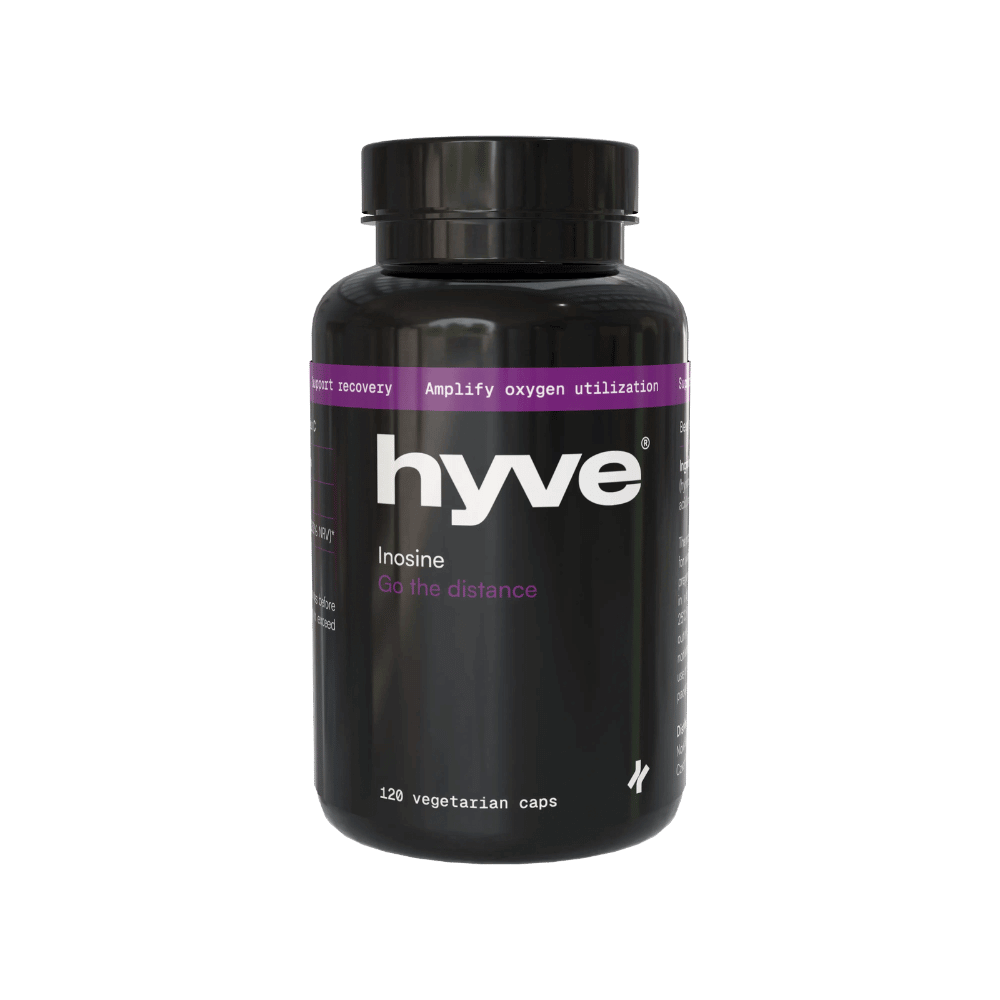
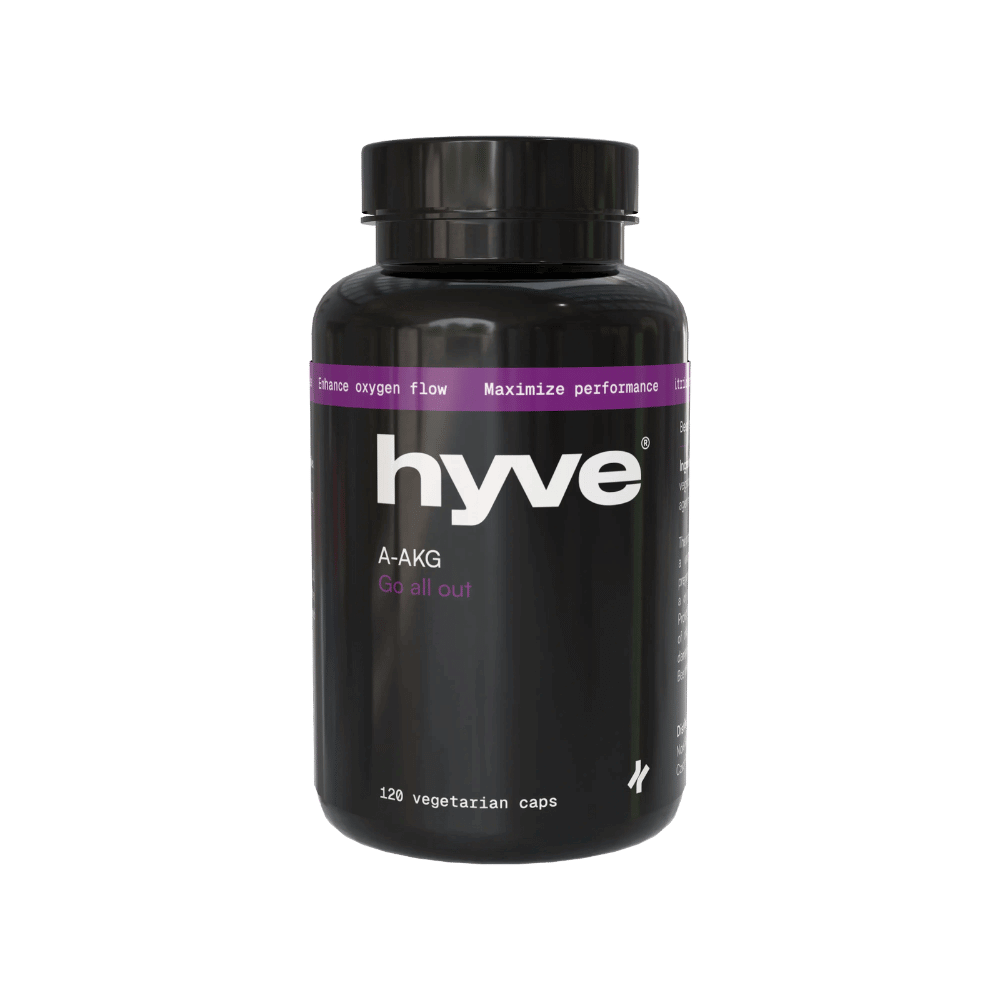
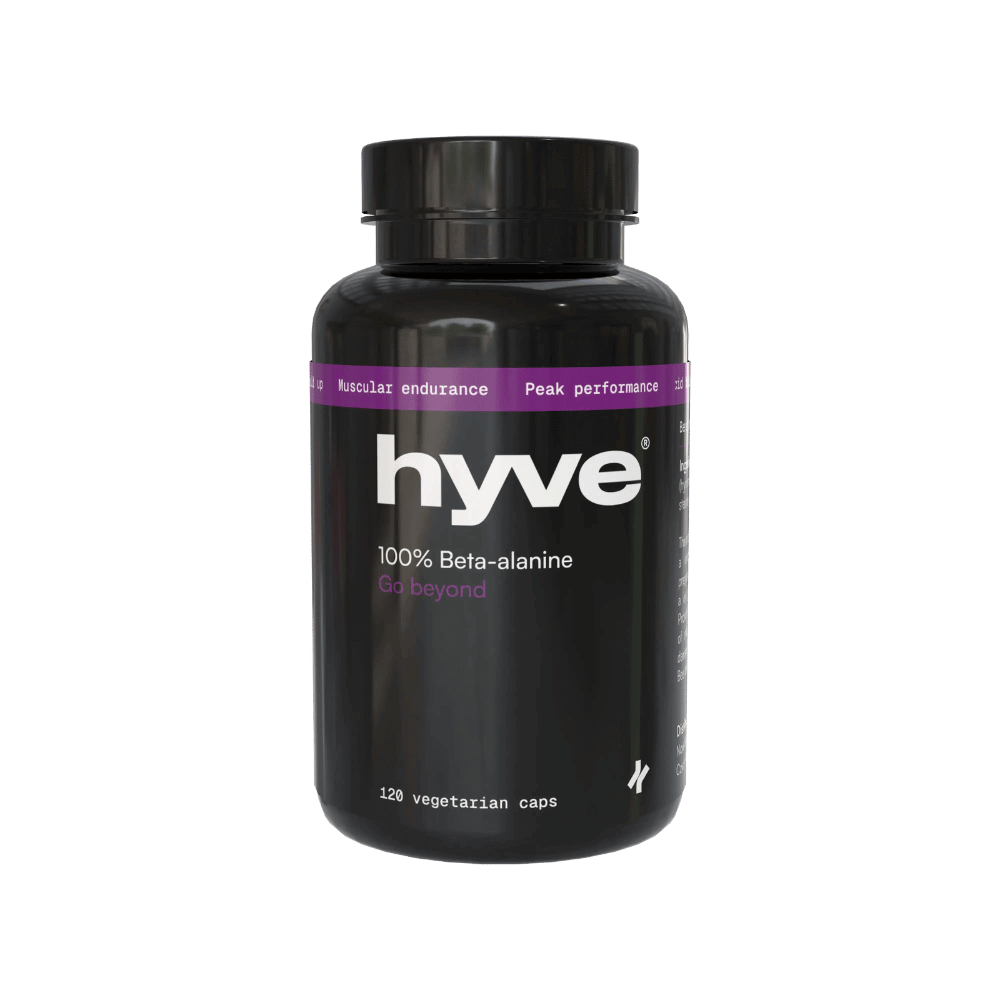
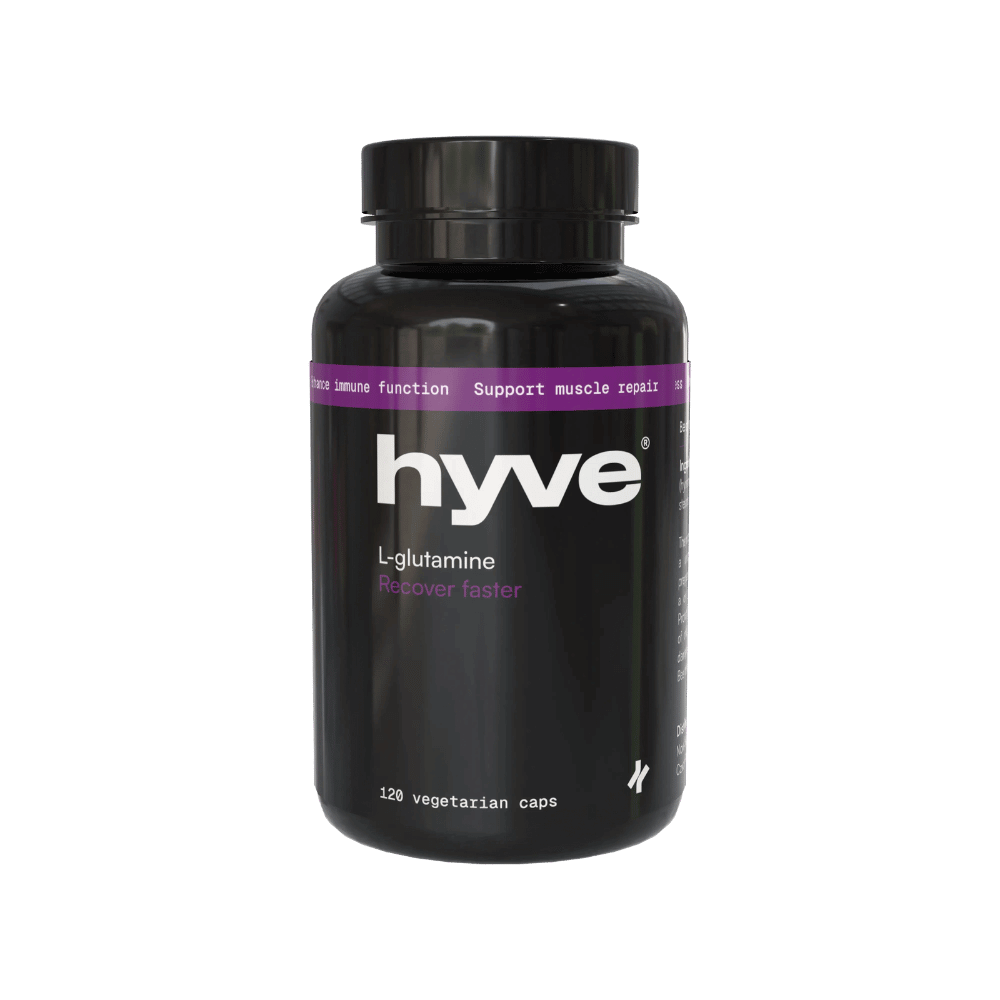
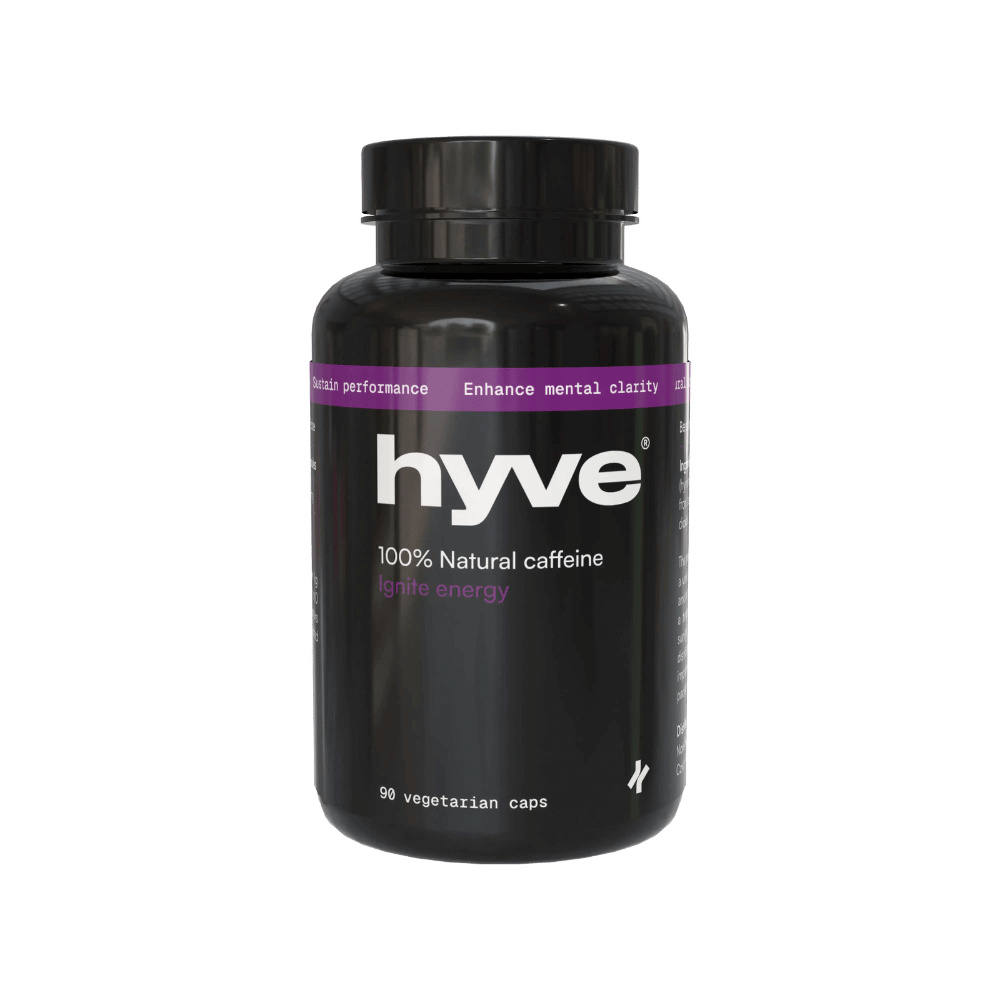
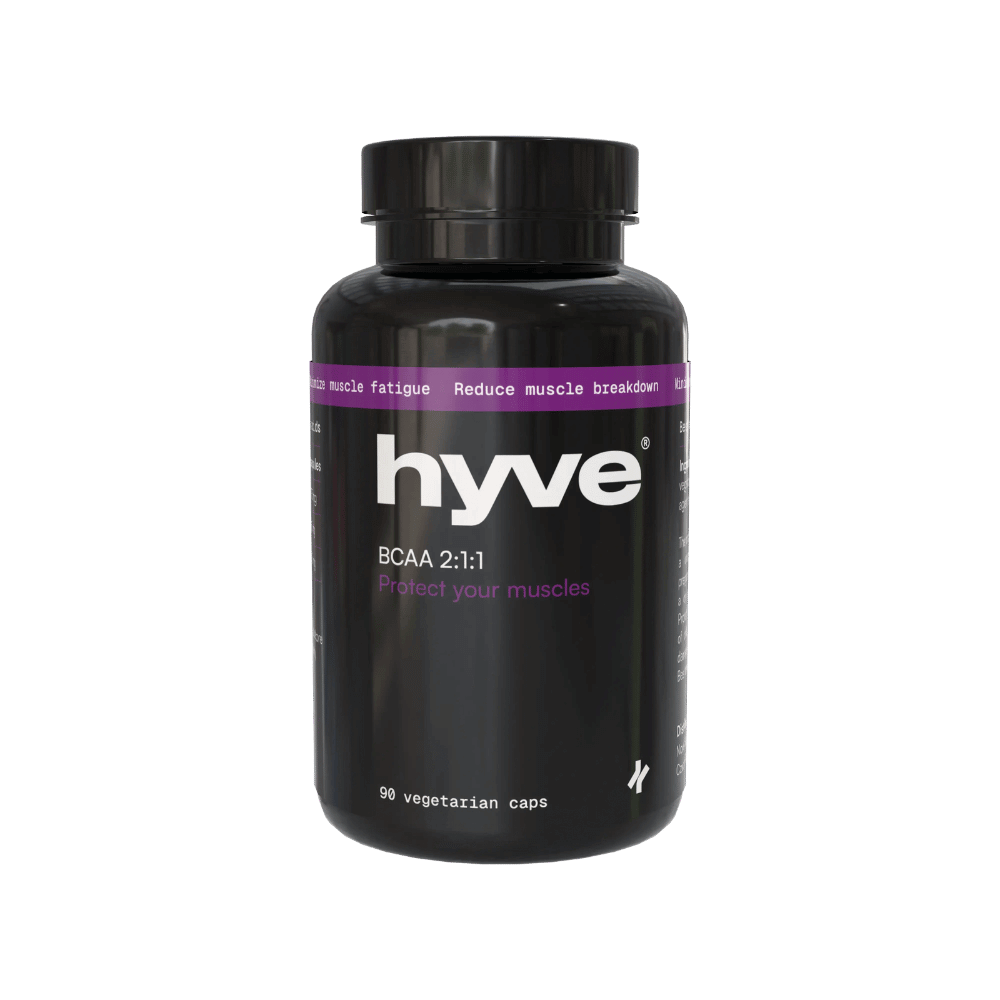
High-protein foods - a big overview
What to eat before and during a half marathon?
Share: